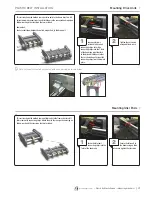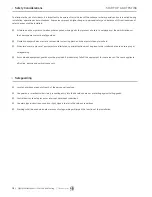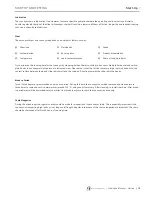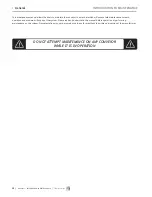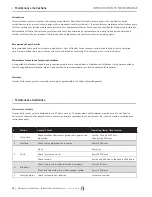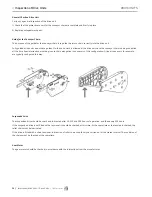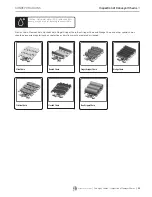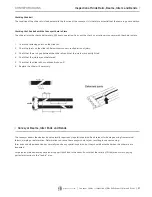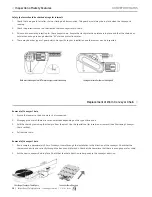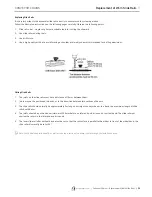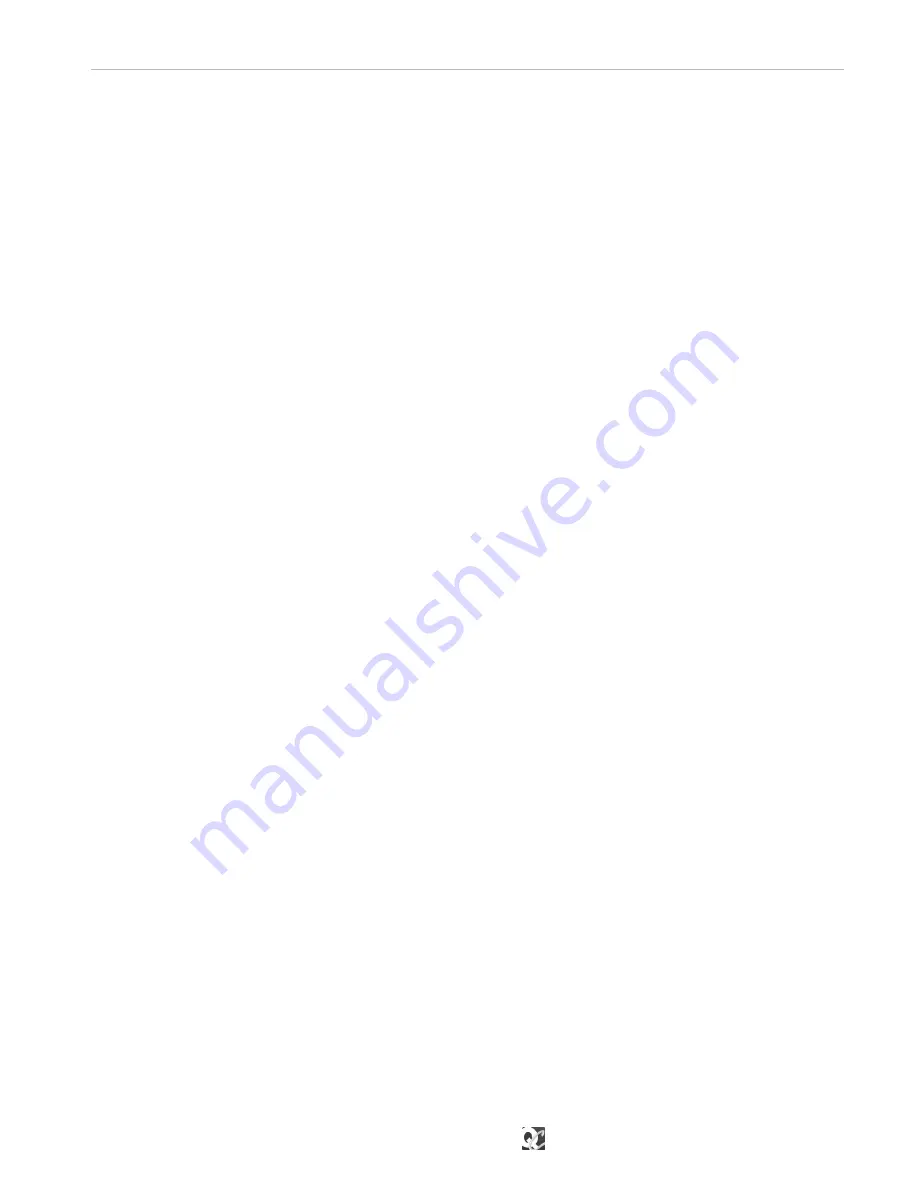
qcconveyors.com
| Start-Up and Testing —
Start-Up
| 19
Start-Up
CARET-LEFT
START-UP AND TESTING
Lubrication
The conveyor chain is lubrication free. However, for some specific applications where the operating environment is particularly
hostile, regular lubrication of the slide rail/conveyor chain will result in a lower coefficient of friction, longer life and reduced running
cost. Use a silicon-based lubricant.
Wear
The amount of wear on a conveyor depends on a number of factors, such as:
Chemicals
Contamination
Temperature
Plain bends
Running time
Load, contact pressure
Speed
Product accumulation
Sharp or rough products
Try to minimize the running time for the conveyor by stopping it when there is nothing to transport. Multiple horizontal and vertical
plain bends in a conveyor will often result in increased wear. One reason is that the friction losses are large in plain bends. Also, the
contact surface between chain and slide rail is small and the chain pull is acting towards the slide rail in the bends.
Break-in Period
Two or three days are recommended as a break-in period. During this time, the conveyor should be removed and cleaned two to
three times to remove dust. Use warm water (around 120° F), using soap if necessary. After cleaning, re-install the chain. After break-
in period wear will be minimized unless particles from product or process reach the conveyor continuously.
Chain Elongation
During the break-in period, regular checks should be made for elongation of the conveyor chain. This is especially important if the
conveyor is transporting high loads or is of long overall length. Regular inspections of the chain elongation are important. The chain
should be shortened after first 40 hours of running time.













